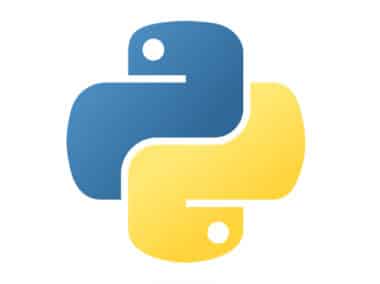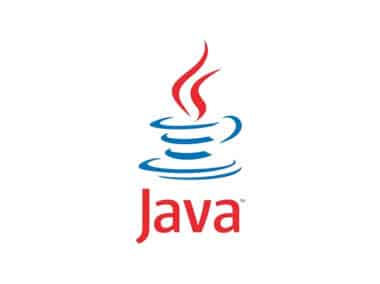Java is a popular programming language used to create a wide variety of applications. To start programming in Java, you need to set up a Java development environment on your machine. This involves installing the Java Development Kit (JDK) and other tools required for Java development.
Installing the JDK
- Download the JDK from the Oracle website: https://www.oracle.com/java/technologies/javase-downloads.html
- Select the appropriate version of JDK for your machine and operating system.
- Click on the download link for the JDK installation file.
- Run the installation file and follow the prompts to install the JDK on your machine.
- Once the installation is complete, you can verify that the JDK is installed by opening a command prompt and typing
java -version. This should display the version of Java that is installed on your machine.
Installing other required tools
In addition to the JDK, you may need to install other tools depending on your Java development needs. Some common tools include:
- Integrated Development Environment (IDE) – a software application that provides comprehensive facilities to computer programmers for software development. Eclipse, IntelliJ IDEA, NetBeans, and BlueJ are some examples of Java IDEs.
- Build tools – used to automate the process of building and packaging Java applications. Maven and Gradle are popular build tools.
- Version control systems – used to manage changes to source code over time. Git is a popular version control system.
You can download and install these tools from their respective websites.
It is important to note that some IDEs may come with the JDK pre-installed, so you may not have to install it separately. Additionally, some build tools and version control systems may also be included in the IDE. Therefore, it is recommended to check the documentation of the IDE you choose to use before installing any additional tools.
Conclusion
By following the steps above, you should now have a fully-functional Java development environment on your machine. You are now ready to start programming in Java and creating your own applications. Remember to keep your tools and JDK up to date for optimal performance.



